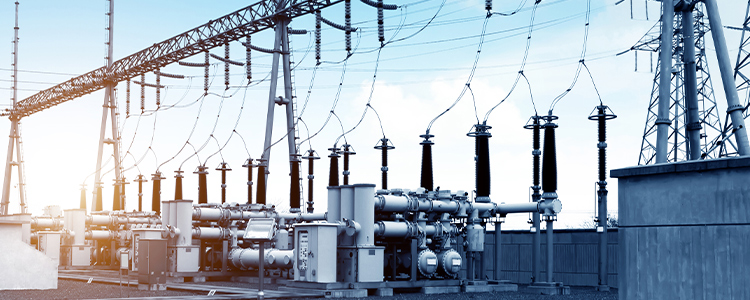- All
- Product Name
- Product Keyword
- Product Model
- Product Summary
- Product Description
- Multi Field Search


Views: 0 Author: Site Editor Publish Time: 2024-09-12 Origin: Site
Switchgear is a critical component in electrical systems, playing a vital role in the distribution and control of electricity. To ensure its longevity, efficiency, and reliability, proper maintenance practices are essential. This article delves into the key maintenance practices necessary for switchgear, providing insights into the best strategies for upkeep and the importance of regular maintenance checks.
Switchgear is an assembly of electrical disconnects, fuses, switches, and circuit breakers used to control, protect, and isolate electrical equipment. It is crucial for ensuring the safety and reliability of electrical power systems. Understanding the types of switchgear and their functions is fundamental to implementing effective maintenance practices.
Regular maintenance of switchgear is paramount for several reasons. It helps in identifying potential issues before they become significant problems, thus preventing unexpected breakdowns and ensuring the continuous operation of electrical systems. Moreover, regular maintenance enhances the safety of personnel and equipment by minimizing the risk of electrical failures and associated hazards.
Several key maintenance practices are essential for the effective upkeep of switchgear:
Routine visual inspections are critical for identifying signs of wear, damage, or overheating. Inspectors should look for discoloration, corrosion, and any physical damage to the switchgear components. Regular checks can help in early detection of potential issues, allowing for timely intervention and repair.
Dust and debris can accumulate in switchgear enclosures, leading to overheating and electrical faults. Regular cleaning and dust removal are necessary to maintain optimal operating conditions. Using appropriate cleaning tools and methods ensures that the components are free from contaminants that could impair their functionality.
Loose connections can lead to arcing, overheating, and eventual failure. Periodic checks and tightening of electrical connections are vital to ensure that all components are securely fastened. Using a torque wrench to apply the correct torque settings is crucial for maintaining the integrity of the connections.
Insulation resistance testing helps in assessing the condition of the insulation materials used in switchgear. Low insulation resistance values indicate potential insulation breakdowns, which can lead to short circuits and equipment damage. Regular testing ensures that the insulation remains intact and effective.
Thermal imaging is a non-invasive method used to detect hot spots and potential failure points in switchgear. By identifying areas of excessive heat, maintenance personnel can address issues before they escalate into serious problems. This proactive approach enhances the reliability and longevity of the switchgear.
Regular functional testing of switchgear ensures that all protective and control mechanisms are operating as intended. Testing under load conditions helps in verifying the performance of circuit breakers, relays, and other protective devices. This practice is essential for ensuring the safe operation of electrical systems.
Maintaining detailed records of all maintenance activities is crucial for tracking the condition and performance of switchgear over time. Documentation helps in identifying recurring issues, planning future maintenance, and ensuring compliance with safety and operational standards.
The operating environment of switchgear can significantly impact its performance and lifespan. Ensuring proper ventilation, controlling humidity, and protecting against environmental contaminants are essential practices for maintaining the integrity of switchgear. Regular assessments of the environmental conditions can help in identifying potential risks and implementing appropriate mitigation measures.
Effective maintenance practices are essential for the reliable and safe operation of switchgear. By adhering to routine inspection, cleaning, testing, and documentation practices, maintenance personnel can ensure the longevity and efficiency of switchgear. Moreover, understanding the operating environment and its impact on switchgear performance is crucial for implementing preventive measures. Regular maintenance not only enhances the safety and reliability of electrical systems but also contributes to the overall efficiency and sustainability of power distribution networks. Investing in proper maintenance practices is, therefore, a critical aspect of managing electrical systems effectively.
content is empty!